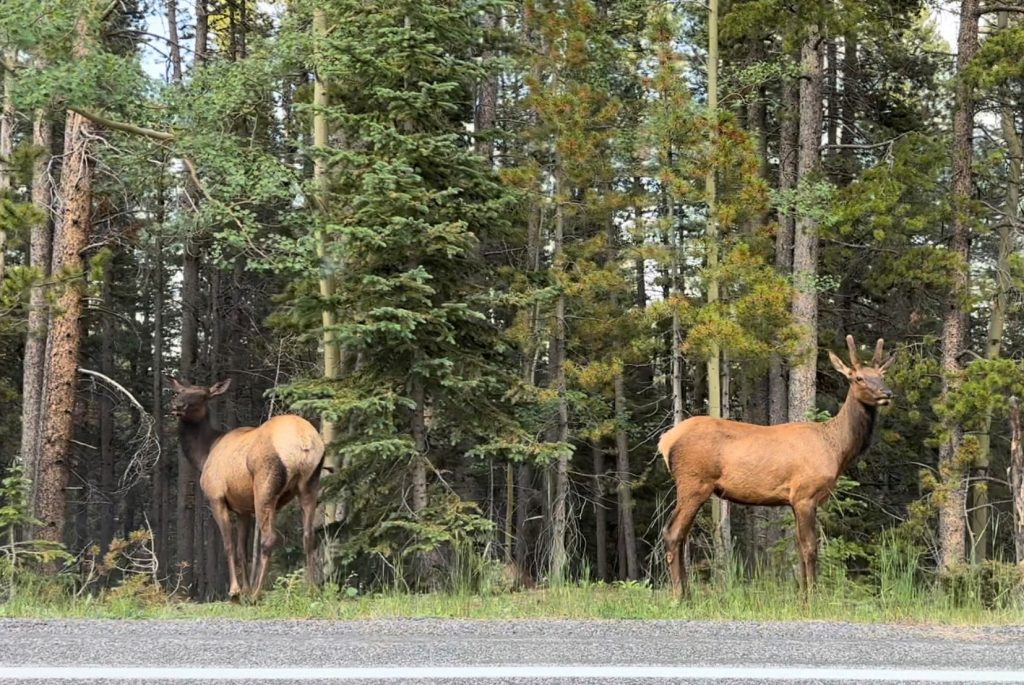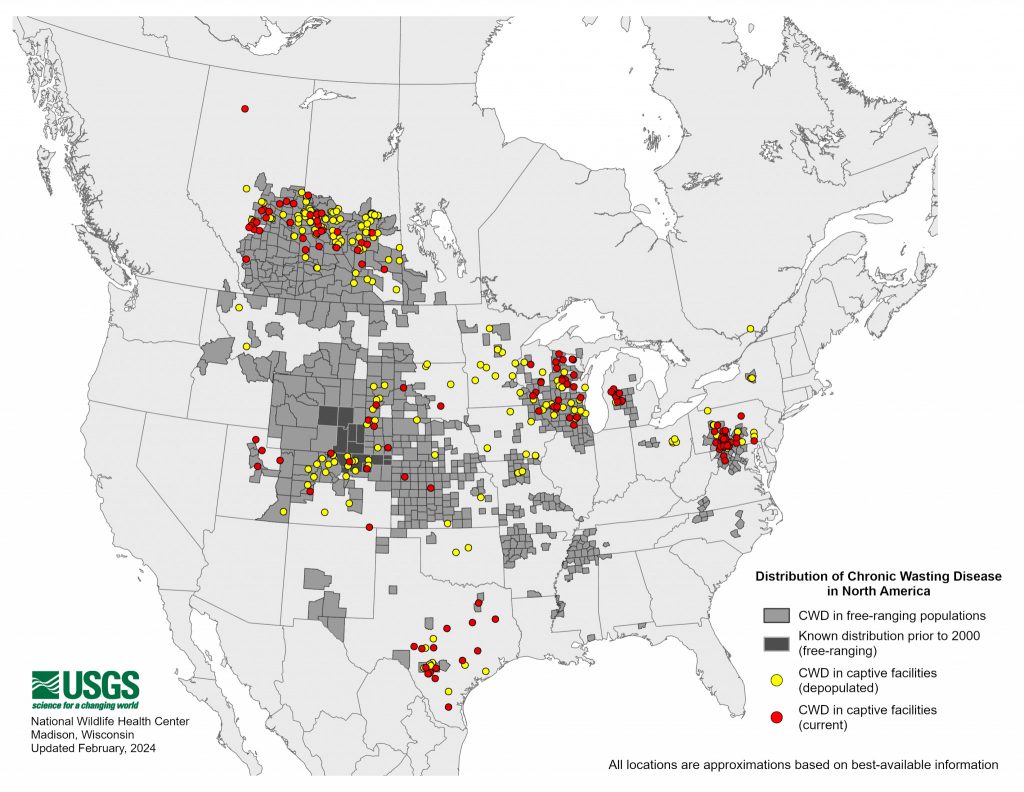
The prevalence of chronic wasting disease (CWD), sometimes referred to as “zombie deer disease,” continues to escalate across North America.
The USGS National Wildlife Health Center reports CWD has been detected in free-ranging cervids in 32 U.S. states and four Canadian provinces, including more recently, in British Columbia, where two deer tested positive for the disease. This marks the first recorded instance of the condition within the province, sparking concerns about the disease’s expanding reach and the looming possibility of interspecies transmission.
CWD is a prion disease—a type of rare progressive neurodegenerative disorders—that affects deer, elk, reindeer, sika deer, and moose. Its symptoms may include a variety of changes in the infected animal’s appearance and behavior, including drastic weight loss (wasting), stumbling, lack of coordination, and drooling. The Centers for Disease Control and Prevention (CDC) says the condition is always fatal to animals and there are no treatments or vaccines.

The thought of a disease spillover to humans is unsettling given there is no cure available. In a report by the St. Louis Post-Dispatch, Michael Osterholm, an expert in infectious disease at the University of Minnesota, says “The bottom-line message is we are quite unprepared. If we saw a spillover right now, we would be in free-fall. There are no contingency plans for what to do or how to follow up.”
Another point of concern is the disease’s long incubation period and slow-developing symptoms. According to the CDC, the infected animal may not show any signs of the disease for years after contracting it.
No reported CWD transmission to humans have been reported to date.
